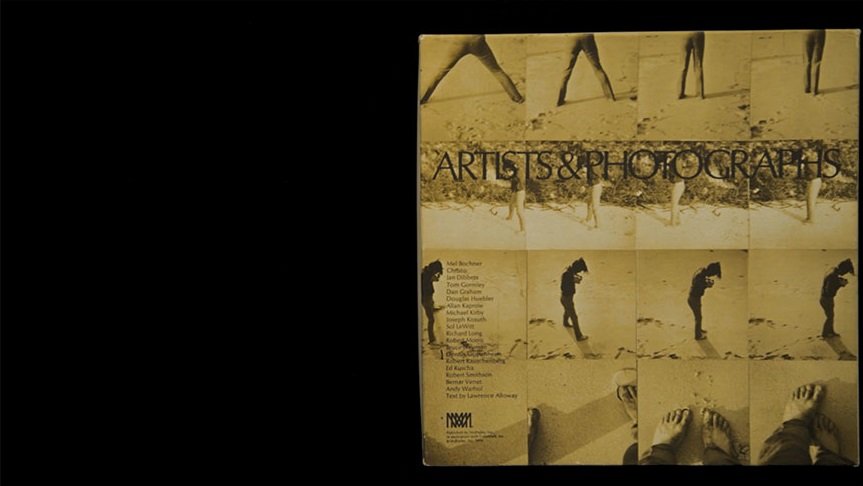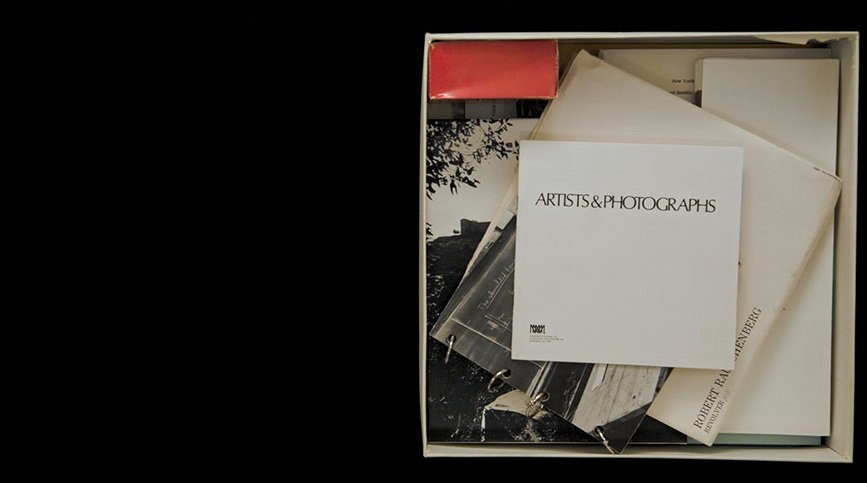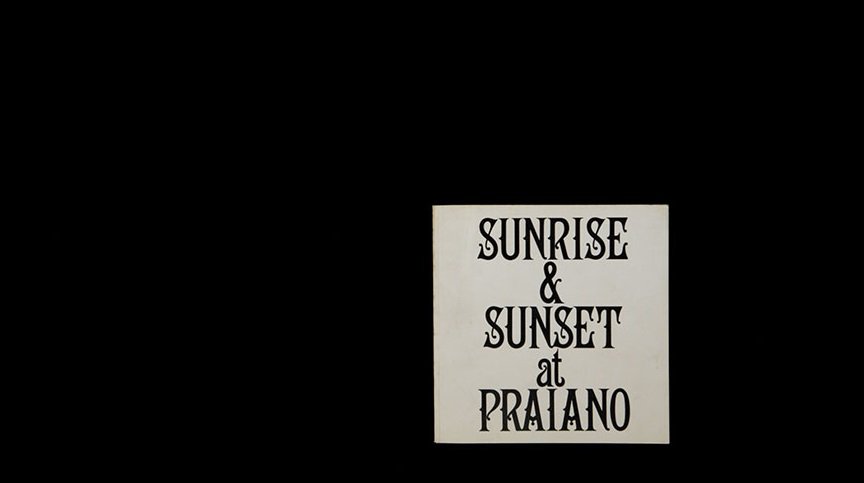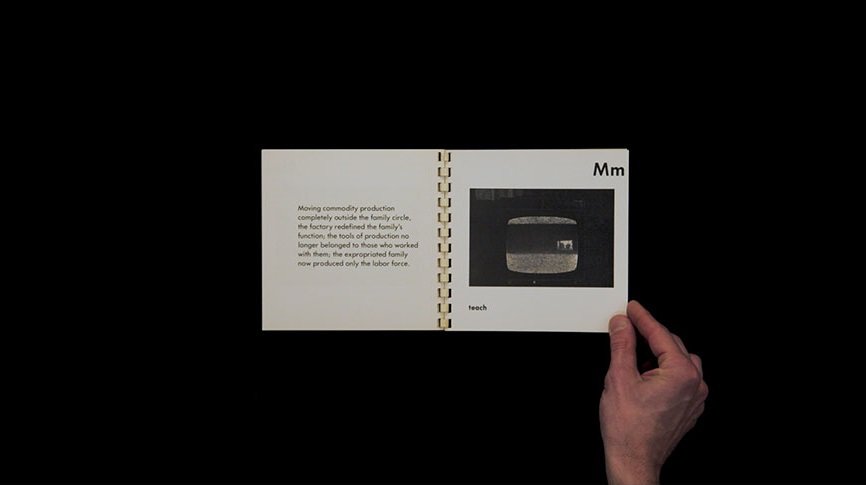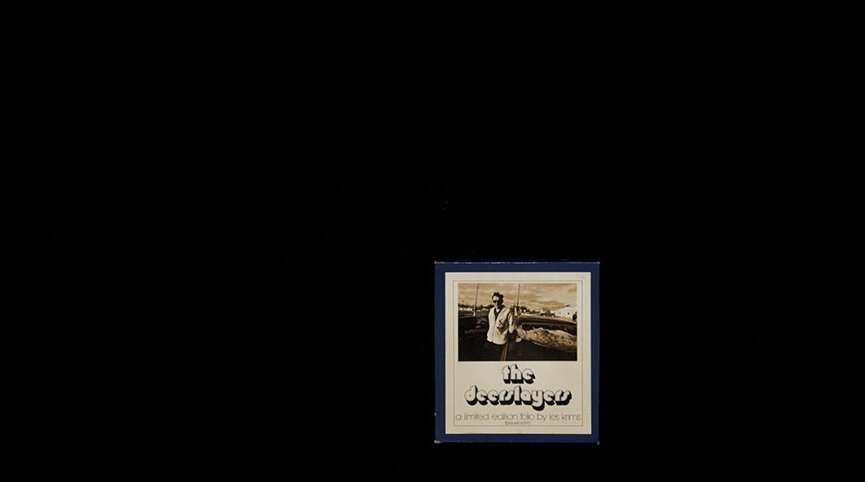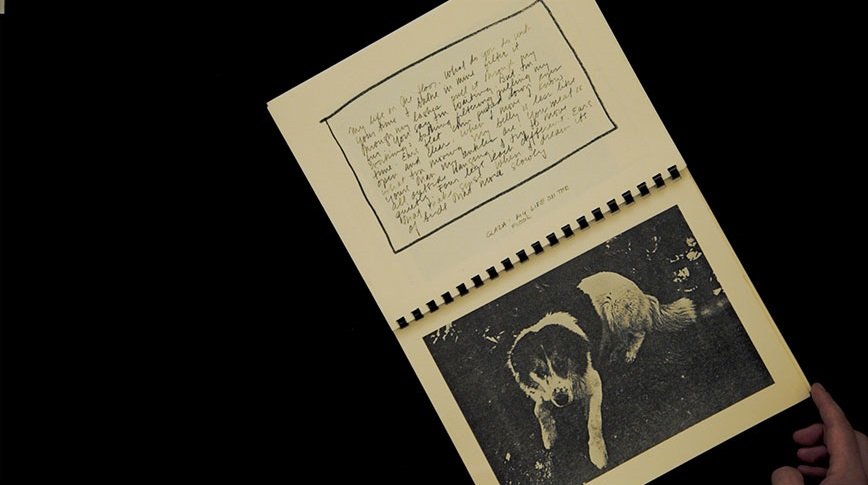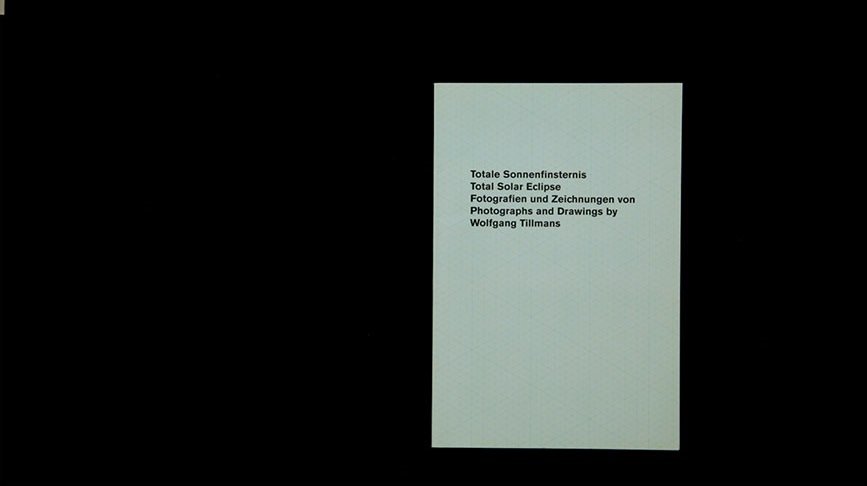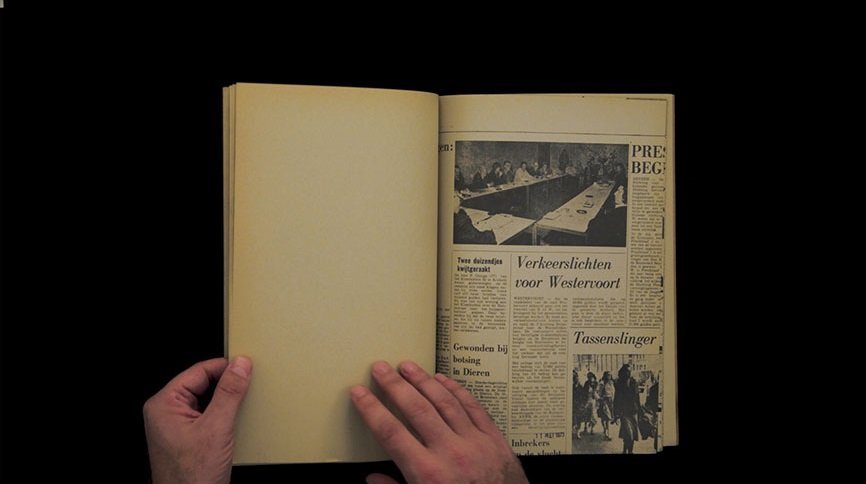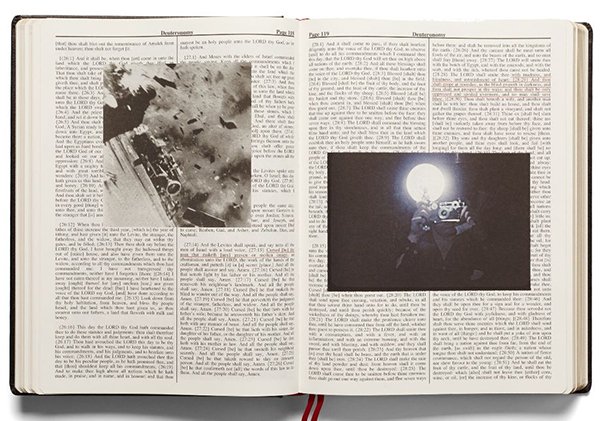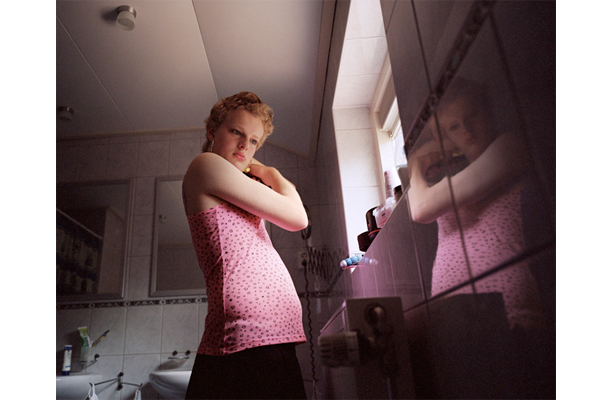France –
Each one of the books presented here has been created with the urge to formulate a unique artistic vision, they are considered as artworks in themselves. Wether the artist has created their book with a single idea or concept in mind, or variations thereof, or to express their feelings towards any subject they felt concerned about, or as a playful experiment, each one of these publications has been valued by collectors, institutions and other artists as unprecedented artistic work. It’s only since the beginning of the twentieth century and even more so since the beginning of the fifties and sixties, that an international production of books, objects and multiples has gained such a status. The reasons for this are complex, and exhibitions and essays have been analyzing this production and it’s conditions, and the principles and codes according to which the books have been published at length, without however being able to come to final conclusions, the artist book of the twentieth century is still without a satisfying definition. It can however be stated that exhibitions and historical and critical writing are still too often separating European from American, artist books from photobooks, multiples from unlimited and unnumbered books. Artist books and photography books from Latin America, China or India have only been taken into account in very recent years, their beauty and diversity would require a larger exhibition of this matter.
Conventional wisdom places Ed Ruscha, Christian Boltanski and Dieter Roth as the originators of industrialized artist books (books which have been produced on offset-presses for example) in the mid-sixties, but precedessors can be found among Fluxus, Situationist and other postwar movements. Not even ten years after the publication of the seminal « 26 Gasoline Stations » by Ed Ruscha (1963) gallerist and curator Marion Goodman of Multiples gallery, NY, produced an object that since then became a historical reference « Artist & Photograph ». The oversized container, which was conceived as an exhibition in itself similar to the « Xerox book » (Seth Siegelaub & John Wendler, 1968) regroups the work of 19 artists of different movements : conceptual, landart, minimal, Pop Art. Photography is used in several ways, serving as tool of documentation (of art work, performance & dance), of construction, of trompe l’oeil, or as a matrix for irony and dérision.
The seventy-six books shown here span the sixties to today, they represent a growing understanding of the history of Photography and growing awareness of it’s complexities and exchanges with contemporary art. Think Daido Moriyama visiting Andy Warhol in New York, Stephen Shore visiting Ed Ruscha in Los Angeles !
Because most of these books are as fragile as a charcoal sketch they are beneath vitrines, we believe that the object itself next to a subjective rendering of it’s touch and feel and content via video will do the books somewhat justice.Our choices are based on aleatory wanderings through libraries, collections and bookshops over the last twenty years, and by consulting with collectors and dealers alike, choosing sources as diverse as possible in order to localise books that are revered by book lovers but may have passed unnoticed next to more classical and influential books.
By publishing an index and poster listing the books and giving background information and by organizing the books on show according to shifting representational categories (Historical / A-Z / Format / Theme : Nature, Man, Archive, including their anti-thesis) we hope to make these hidden treasures and their forgotten interconnections more accessible, during the fleeting moments of Paris Photo.
Douglas Fogle, « The Last Picture Show : Artists using Photographs 1960-1982 », Walker Art Center, 2003
Johanna Drucker, « Century of Artist Books », Granary, 2004
Anne Moeglin-Delcroix, « Esthetique de l’livre d’artiste 1960-1980 : Une Introduction », Le Mot et le Reste, 2012
Joan Lyons, « The Page as Alternative Space. 1950 to 1969 », Visual Studies Workshop Press, 1993
Steven Heller, « Hidden in Plain Sight », New York Times, 2013

